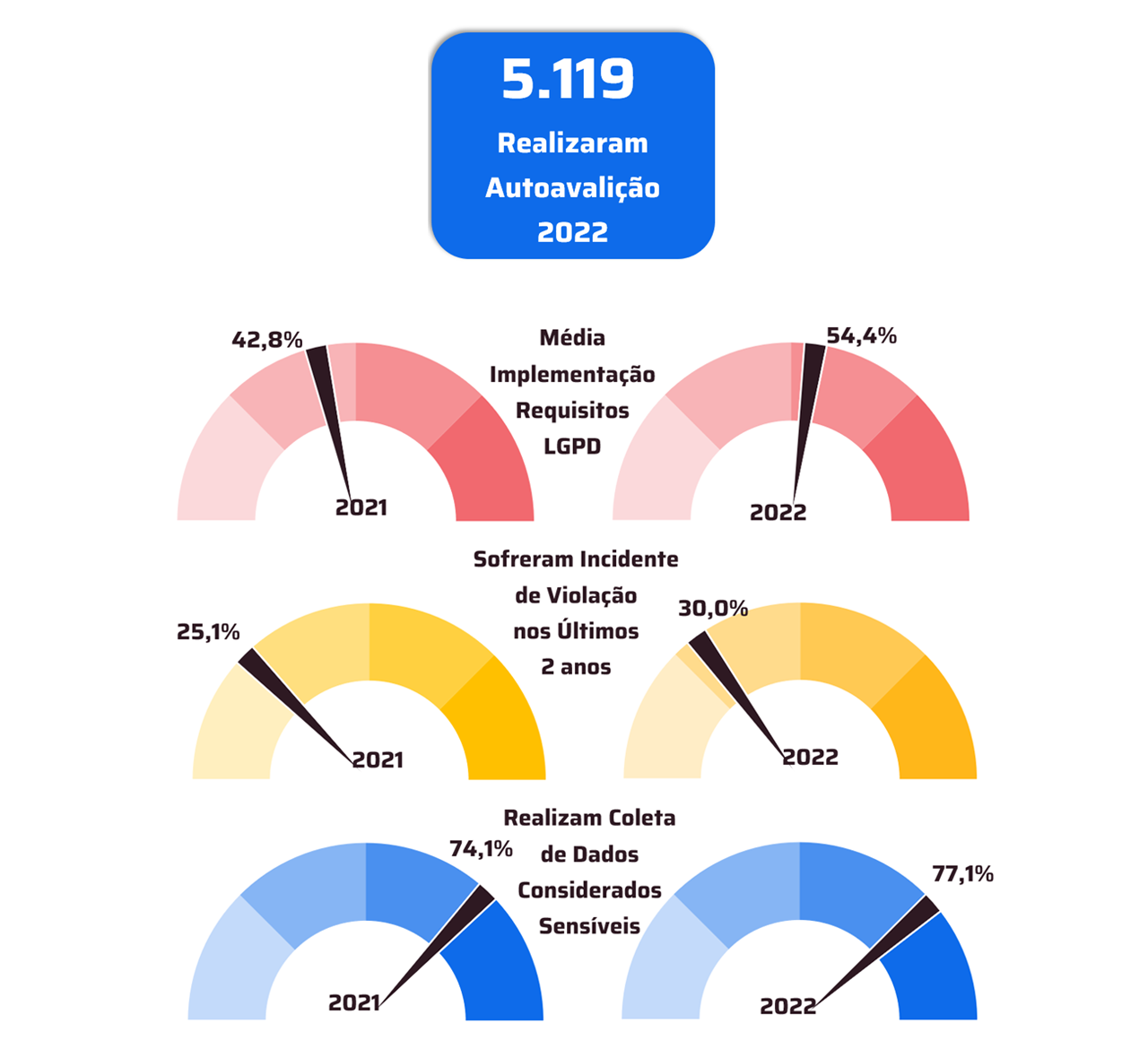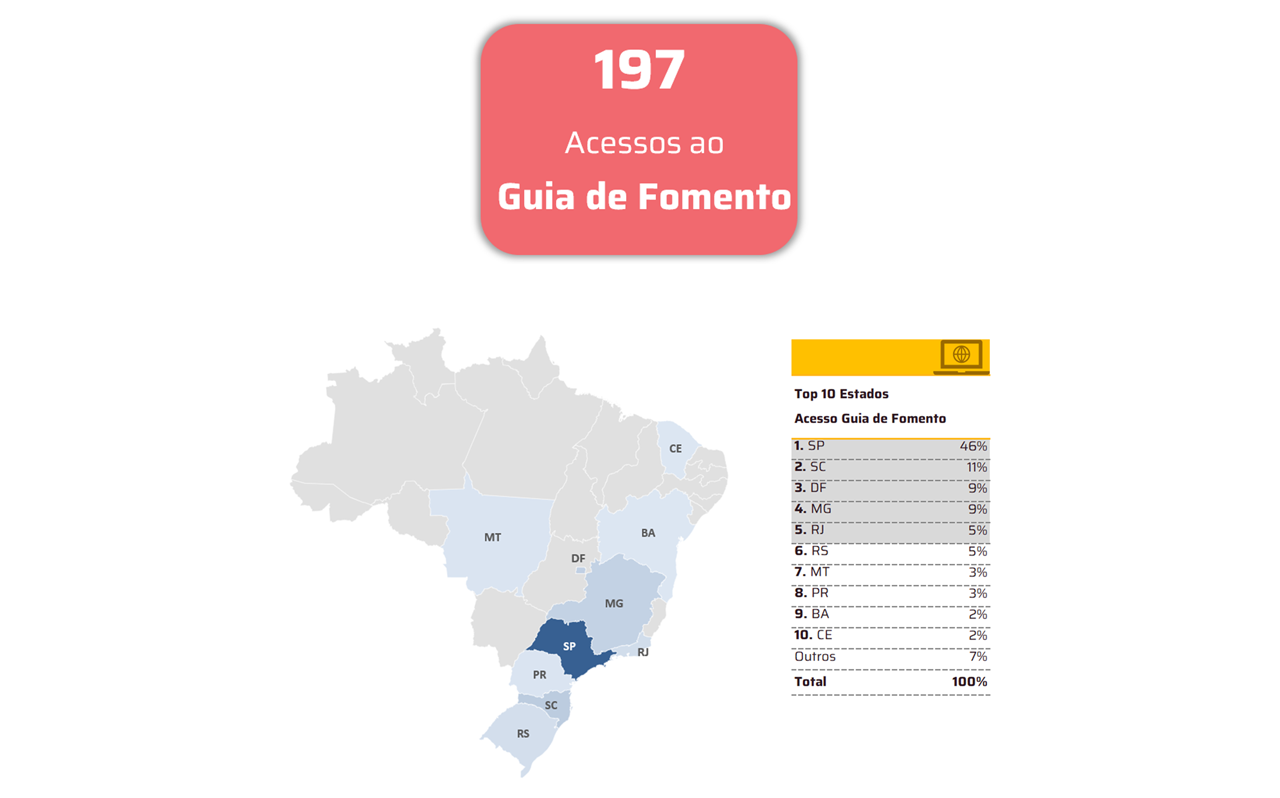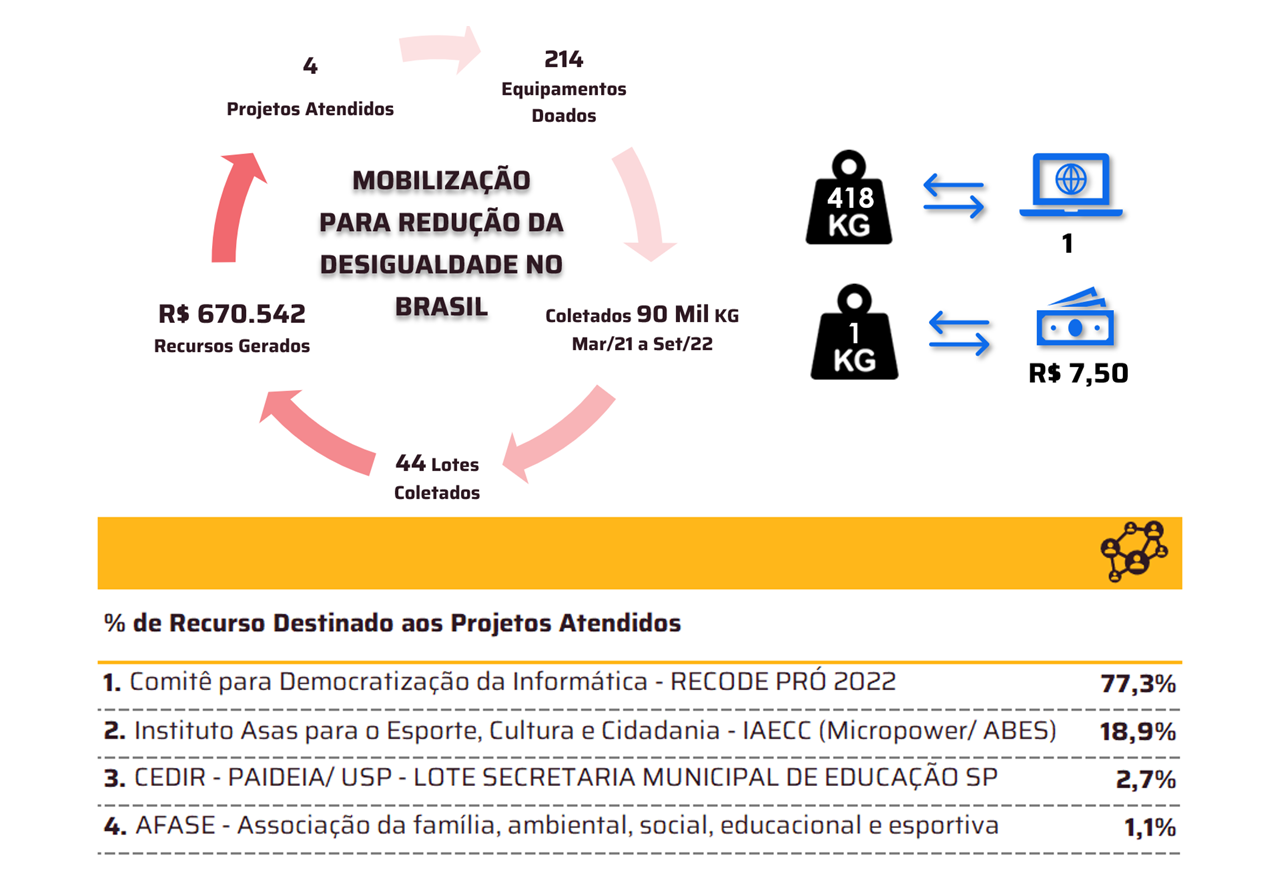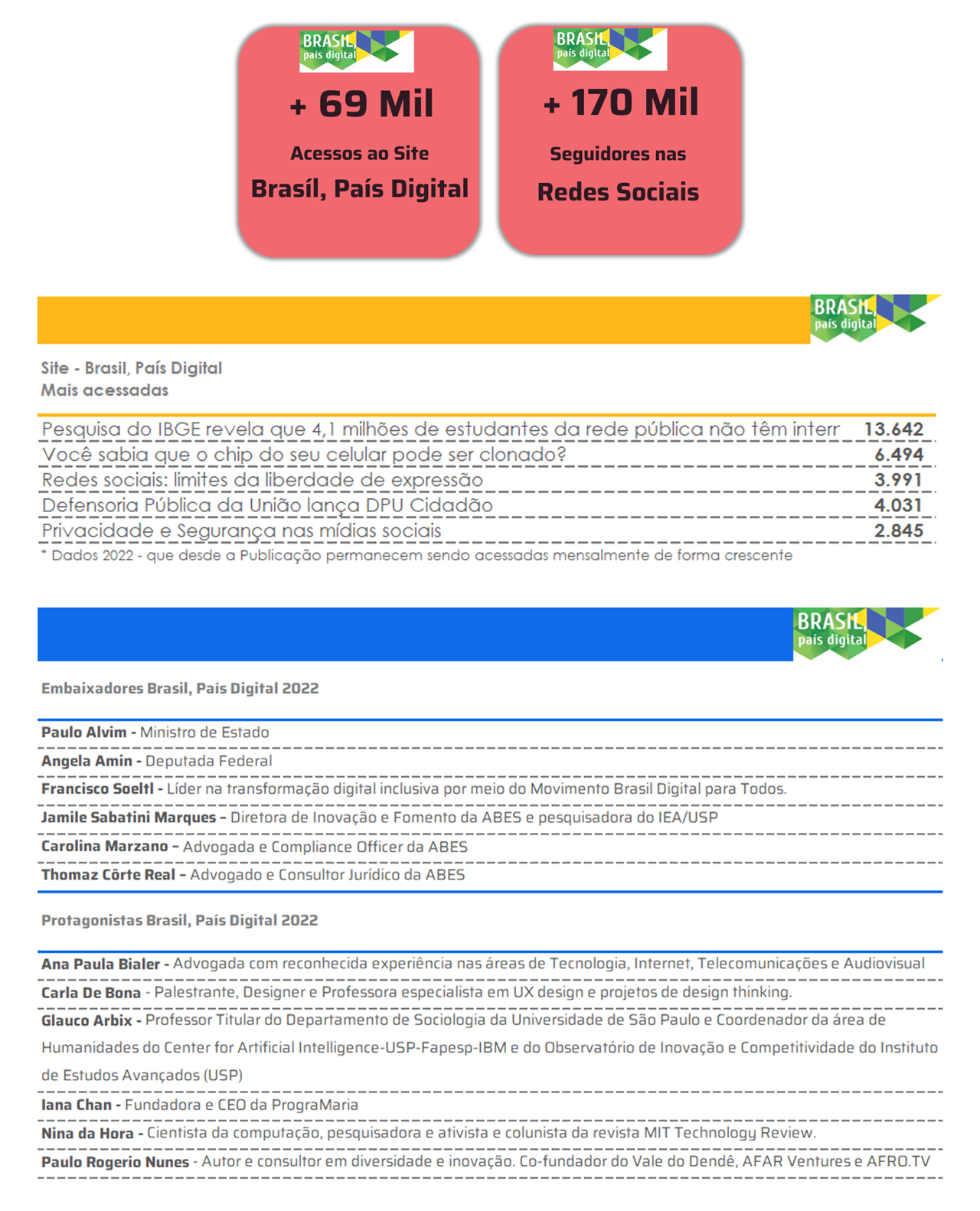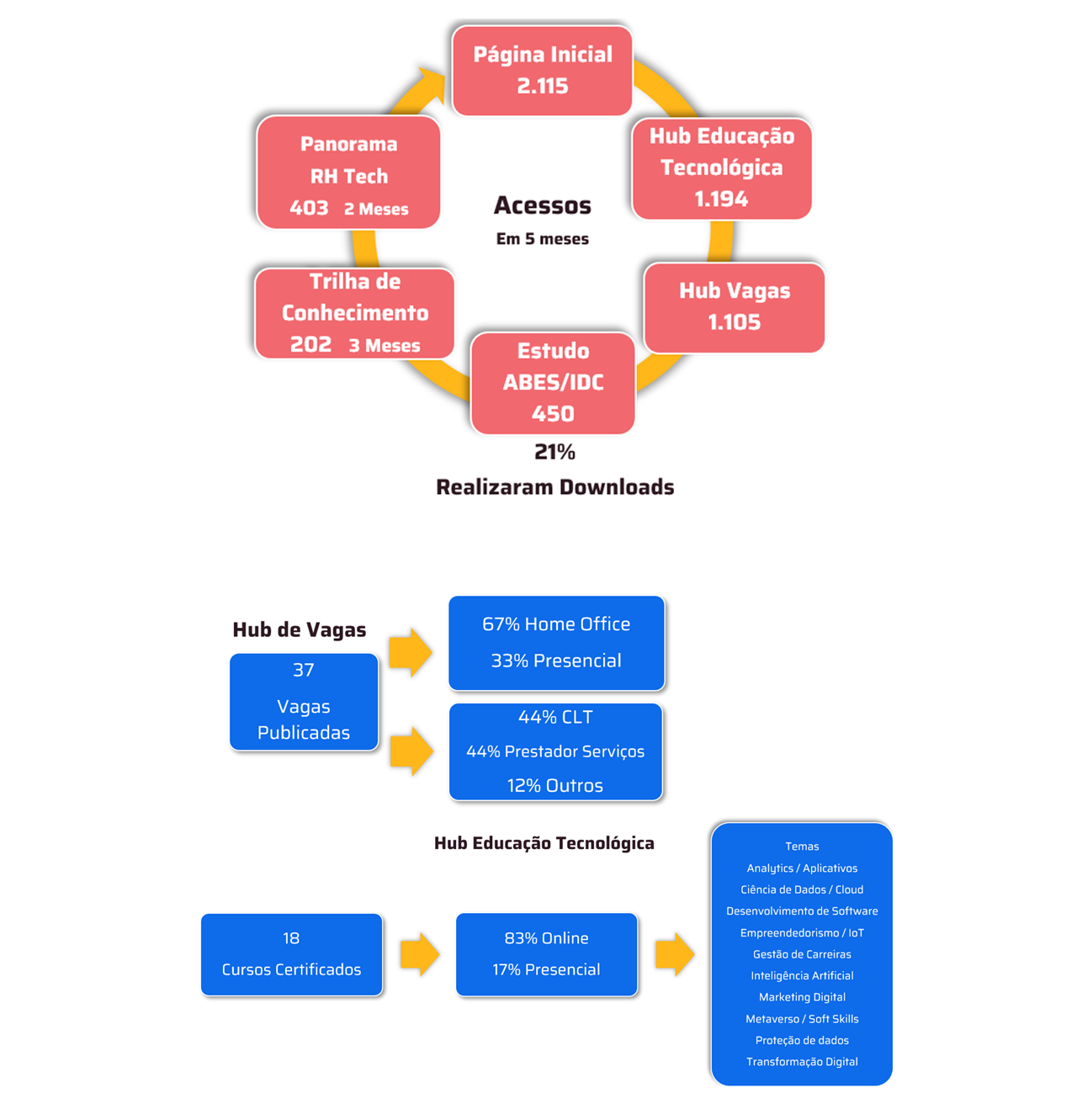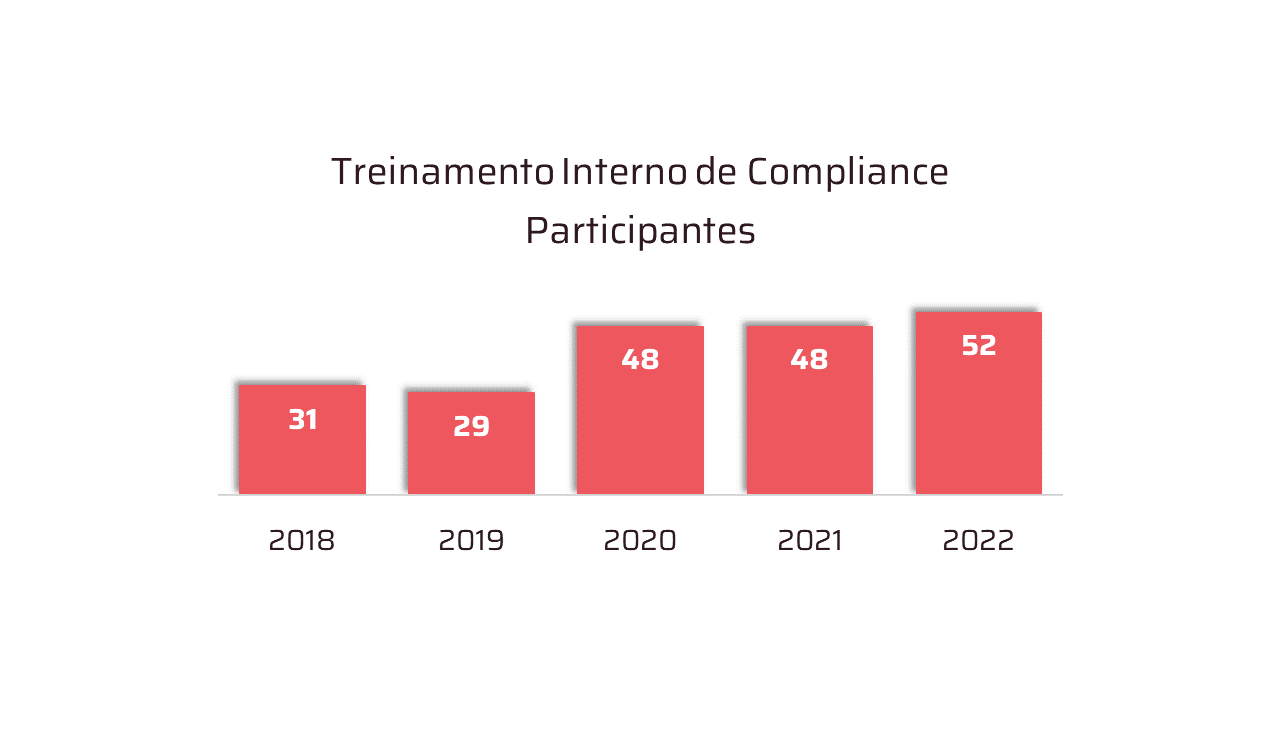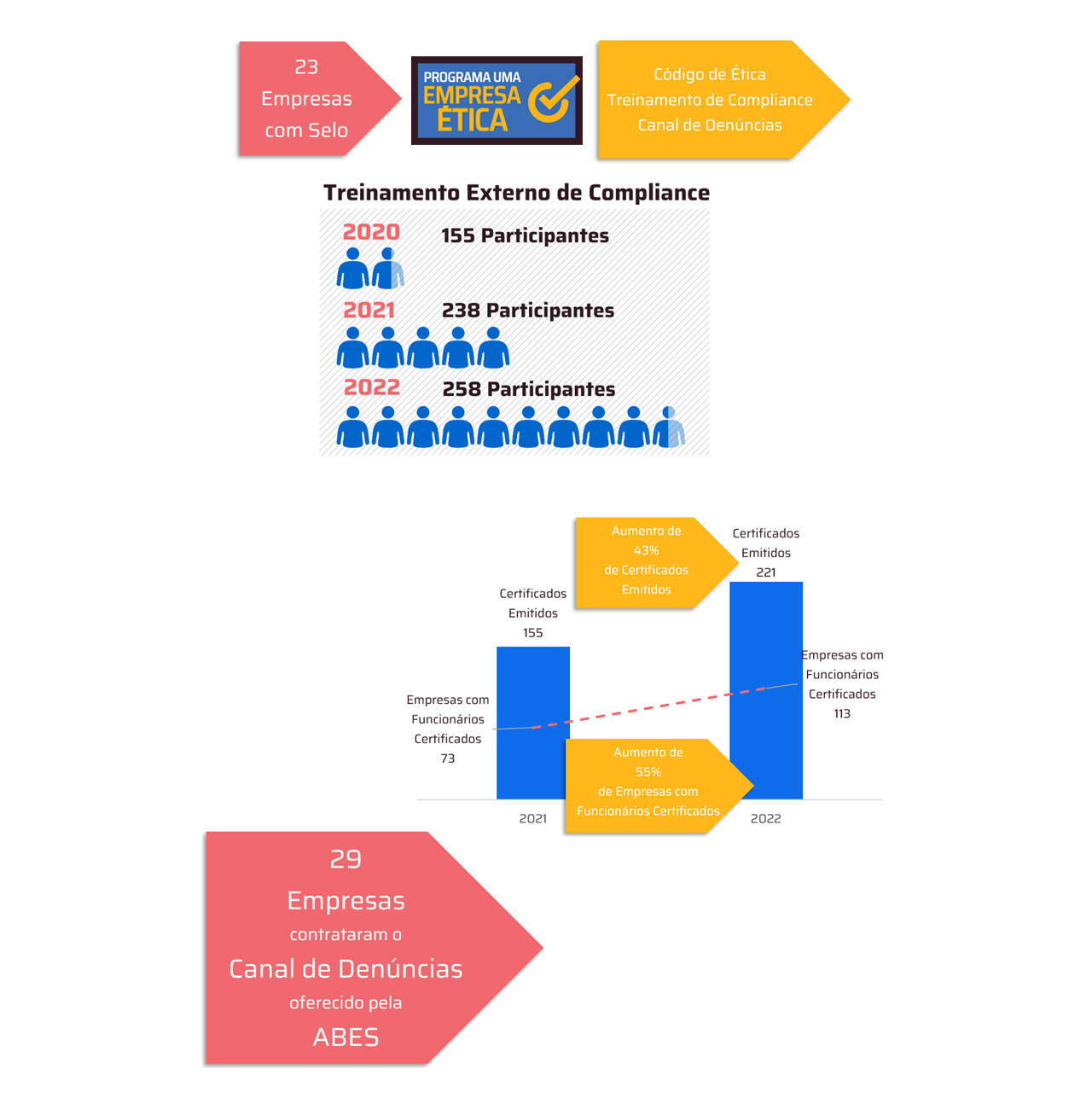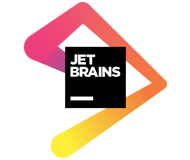Paper looks at the future of customer data, discussing MarTech interoperability, predictive AI and more

The way businesses manage customer data is evolving—and rapidly. In an era where personalization, privacy, and real-time decisioning are no longer optional, businesses need a smarter approach to data. That’s why Twilio today announced the 2025 edition of its Customer Data Platform Report, its latest in-depth study on how businesses are leveraging customer data platforms (CDPs) to unlock new opportunities.
This year’s report, based on insights from thousands of Twilio customers, reveals the key trends shaping the future of customer engagement. From the rise of combined technology systems to the growing synergy between data warehouses and CDPs, the findings make one thing clear: the companies that leverage their data effectively will define the next era of customer experience.
“From the simplest to the most complex interactions, whether in the search for engagement, personalization, scalability or better use of technology, we always have the same starting point, from where everything originates: data. Basically, the entire tree of actions, strategies and technologies is born from this single seed, which alerts us to the quality, quantity and refinement of this data”, says Vivian Jones, vice president LATAM at Twilio.
Below are four of the most important insights from this year’s report:
- Interoperability is key to MarTech success – Companies are moving away from rigid, monolithic platforms in favor of composable technology systems—integrated ecosystems where best-in-class tools work together seamlessly. This flexibility fosters innovation and enables companies to quickly adapt to changing needs.
- Data Warehouses and CDPs are better together – Last year, Twilio customers synced nearly 10 trillion rows of data to cloud data warehouses like Snowflake and BigQuery. While warehouses provide scalable data storage, their true power is unlocked when integrated with a CDP, enabling businesses to combine historical data with real-time insights for more personalized customer experiences.
- Analytics remains a powerhouse – Analytics is the most connected category on the Twilio platform, reflecting its critical role in understanding customer behavior. Companies that integrate analytics with a CDP are making smarter, real-time decisions that drive deeper engagement.
- The rise of predictive AI – Last year, Twilio launched Predictive Traits, enabling businesses to anticipate customer behavior using machine learning. Adoption of this feature has grown 57% this year, signaling a shift of predictive AI from a cutting-edge advantage to a key driver of smarter, more personalized customer engagement.
Top Customer Data Destinations of 2025
The report also explores which tools companies are prioritizing in their customer data strategies. The most connected categories on the Twilio platform include:
- Analytics (Google Analytics, Amplitude, Mixpanel) – 89%;
- Data warehouses (Snowflake, BigQuery) – 52%;
- Advertising (Meta Ads, LinkedIn, Google Ads) – 50%;
- Raw data storage (Amazon S3) – 40%;
- Email marketing (Customer.io, Mailchimp) – 35%;
- Heatmaps and session recording (Hotjar, FullStory) – 33%;
- Customer Success Platforms (Zendesk, Gainsight) – 25%;
- CRM systems (Intercom, HubSpot, Salesforce) – 14%.
These categories highlight how companies are orchestrating customer data across multiple platforms to create seamless, data-driven experiences.
Why is this important?
The explosion of MarTech tools over the past decade has created a paradox: While there is a push toward consolidation, the reality is that companies are using more tools than ever before to meet specific, critical needs. Integration has become the connective tissue that holds these technologies together, allowing companies to leverage specialized tools while maintaining a continuous flow of data.
MarTech is a vast and growing industry with thousands of players, and some level of consolidation is always in the air. Now, a recent spate of mergers and acquisitions has everyone on their toes. Uniphore Acquires ActionIQ, a Contentstack acquired Lytics and the Rokt has announced its merger with mParticle – all of the deals were announced within weeks of each other, all centered around the acquisition of a customer data platform.
These moves signal a growing recognition that customer data is at the heart of modern marketing technology. But consolidation alone won’t solve the complexity companies face in managing their technology systems.
What these recent acquisitions have really done is just create new point solutions, tying the CDP to a specific application or channel, which is limiting by definition.
Instead, a customer data platform should be part of an open architecture, seamlessly integrating communication channels, data sources and AI capabilities, with the flexibility to add custom solutions. The report makes it clear that this is how companies create unified, integrated customer experiences across every touchpoint.
The recent Twilio joins the MACH Alliance Twilio underscores its commitment to enabling composable, open, and future-proof architectures. The MACH framework (Microservices, API-first, Cloud-native, and Headless) represents a best-in-class standard for building modular technology systems. By joining the alliance, Twilio signals its alignment with the principles of flexibility and interoperability – values that are critical as enterprises seek to adapt to the evolving landscape of customer data.
However, not all integrations are created equal. Many large software packages promise interoperability but fall short due to fragmented data models and limited documentation, leaving businesses to rely on expensive custom integrations. In contrast, Twilio’s platform was designed with openness at its core, ensuring that businesses can connect tools seamlessly and unlock the full potential of their data.
To learn more, read the full report on here.
About Twilio
Today's leading companies rely on Twilio's Customer Engagement Platform (CEP) to build direct, personalized relationships with their customers around the world. Twilio's core communication APIs allow businesses to engage with their customers through voice, conversations, messaging, video and email. Twilio Segment, the leading customer data platform, enables companies to create highly personalized interactions and automated customer profiles based on first-party data from multiple channels. Twilio enables companies to use communications and data to add intelligence to every step of the customer journey, from sales to marketing, growth, customer service and many other engagement use cases, in a flexible and programmatic way. In 180 countries, millions of developers and hundreds of thousands of businesses use Twilio to create magical experiences for their customers.
To learn more, visit https://www.twilio.com/pt-br/





